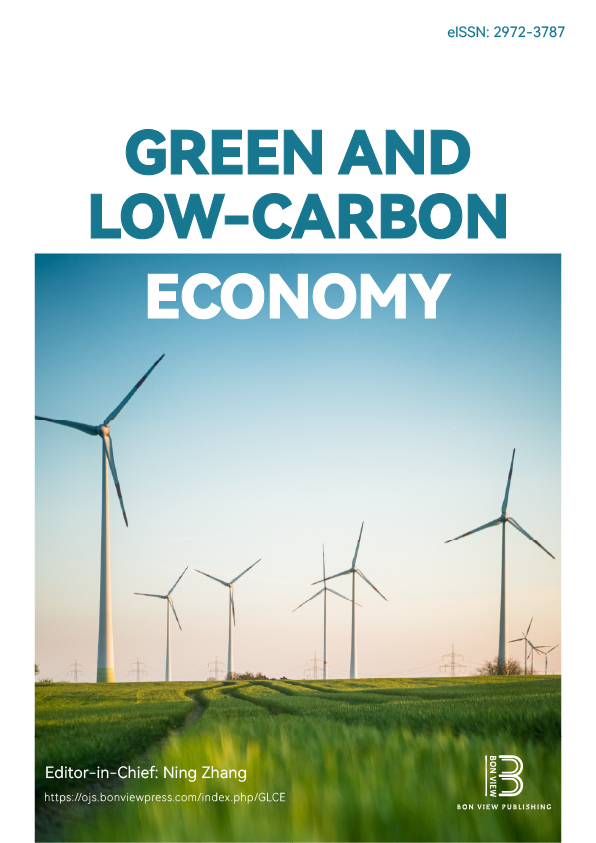Forest Policy of Ethiopia from 1990 to 2020: An Assessment of Contemporary Forest Management Approach and Its Impact on Local Livelihood
DOI:
https://doi.org/10.47852/bonviewGLCE3202849Keywords:
forest management, Ethiopia, forest policy, forest status, deforestationAbstract
This paper reviews historical perspectives on deforestation, forest law and policy, and participatory forest management (PFM) in Ethiopia. The main aim of this review was to state historical trends in forestry policy and forestry laws since the 1990s as well as the impacts of PFM on forest status and local community livelihoods in Ethiopia. To achieve the objective, the paperwork reviewed theoretical concepts from many scientific studies, previous documents, published articles, institutional documents, and legislation, as well as findings on forest management approaches, trends in forest coverage, causes of forest degradation, and the PFM approach in Ethiopia. The framework of driving force, pressure, state, impact, and response (DPSIR) was used to evaluate the country’s forest resources. The forest policy before 1991 was a top-down management approach, which discouraged local people from having access to and benefiting from the forest resource and participating in forest conservation practices. During the transition period from the military to the federal government in 1991, most of the natural forest cover of the country was affected and degraded by the local communities until the transitional government passed state regulatory laws. The deforestation rate kept going up during the political transition period from 1987 to 1991 due to agricultural land expansion, settlement, and investment pressures. As an option, PFM was introduced in Ethiopia in the mid-1990s with the help of non-governmental organizations (NGOs). However, the new approach was not equally beneficial to the local people, like training, collecting non-timber forest products (wild coffee and spices), hanging traditional beehives in the forest, and providing firewood and round wood for home construction. The approach demands more finance, and it is run by NGOs. Therefore, the PFM’s success depends on the financial return that the local people secure from the natural forests.
Received: 15 March 2023 | Revised: 9 August 2023 | Accepted: 13 September 2023
Conflicts of Interest
The authors declare that they have no conflicts of interest to this work.
Data Availability Statement
Data available on request from the corresponding author upon reasonable request.
Author Contribution Statement
Wondimagegn Mengist: Conceptualization, Methodology, Software, Validation, Formal analysis, Investigation, Writing - original draft, Writing - review & editing, Supervision, project administration. Asaye Asfaw: Conceptualization, Formal analysis, Resources, Data curation, Writing - review & editing, Visualization.
Downloads
Published
Issue
Section
License
Copyright (c) 2023 Authors

This work is licensed under a Creative Commons Attribution 4.0 International License.


